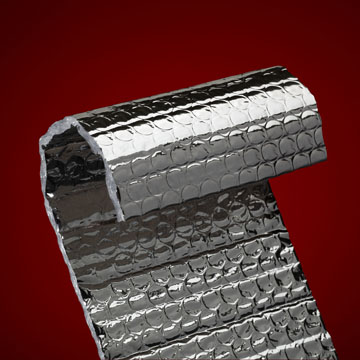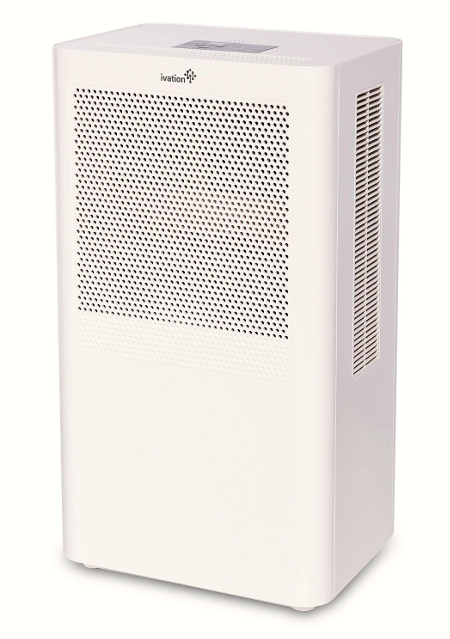Welcome to Crossing Creeks RV Resort & Spa in the heart of iconic Blairsville
The high humidity and heat in Georgia summers can cause an unwanted problem in RVs: interior mold or mildew growth. Mold and mildew can trigger allergic reactions, headaches, irritated eyes, sore throats and nasal congestion.
Prevention is possible, although eliminating all sources of moisture in an RV is not: The shower, sink and cooking will increase moisture levels. You can, however, reduce interior moisture to 50 percent or less.
RV Window Shade, Insulation
 Double-pane insulated windows found on luxury RVs and upgraded lower-cost models do for an RV what they do for a home: prevent condensation on the interior side of the window. They do that with an empty pocket between the outer and inner panes that decreases temperature transfer.
Double-pane insulated windows found on luxury RVs and upgraded lower-cost models do for an RV what they do for a home: prevent condensation on the interior side of the window. They do that with an empty pocket between the outer and inner panes that decreases temperature transfer.
Tinted or reflective panes also help because they reduce interior heat buildup. That’s important because heated air holds more moisture than cooler air.
You can buy tint and fit it to the inside surface of single-pane RV windows as long as it’s permitted where you license your RV. It usually takes just scissors to trim the flexible plastic sheet, a spray bottle to apply water, and a squeegee to press the wet film onto the window.
More effective against interior heat buildup is window insulation. You can buy custom covers or make them yourself from a roll of insulated Reflectix or similar material. Place these inside or, if the weather is producing extreme, prolonged heat, outside windows when you are parked.
Measure the window and cut the Reflectix larger than the opening. You also can make a pattern out of newspaper sheets. Work in the shade; the silver finish on Reflectix can be painfully bright in sunlight. Place the cutout against the window from the inside and tuck it into place. Trim excess with a utility knife.
RV Dehumidifiers
Reduce humidity inside your RV with a dehumidifier.
 There are three kinds:
There are three kinds:
- Desiccant. Smaller desiccant dehumidifiers typically need no power to operate. They’re good for closets or cabinets but won’t handle the moisture in an entire RV. Silica gel or another moisture-absorbing desiccant pulls water from the air—maybe an ounce or two a day. When the pellets are saturated, they are discarded or recharged by plugging the unit into a wall outlet. Cost: $15-$20.
- Thermo-electric. These are great for RVs. The best choice is one that operates on either 110 or 12 volts. With no moving parts, they are quiet. Using the Peltier process, the units heat one side of a circuit board and cool the other, causing condensation to form on the cool side and drip into a plastic tank. These typically remove a pint of water a day, often less. You’ll have to empty the tank every two or three days or attach a hose for continuous draining. Cost: $35-$100.
- Condenser. Because they require 110-volt electrical service to operate, condenser dehumidifiers run only off a generator or a campsite dock. These units are noisier but can remove up to 70 pints per day. Compressed coolant in coils results in condensation that drips into a reservoir. You may have to empty daily or connect a hose for continuous drainage. Cost: $175-$200.
One more thing: Be sure to kill any mold or mildew you find with a cleaning agent containing a disinfectant.
Image Credits: Ivation, Reflectixinc.com
Leave a comment
Make sure you enter all the required information, indicated by an asterisk (*). HTML code is not allowed.
